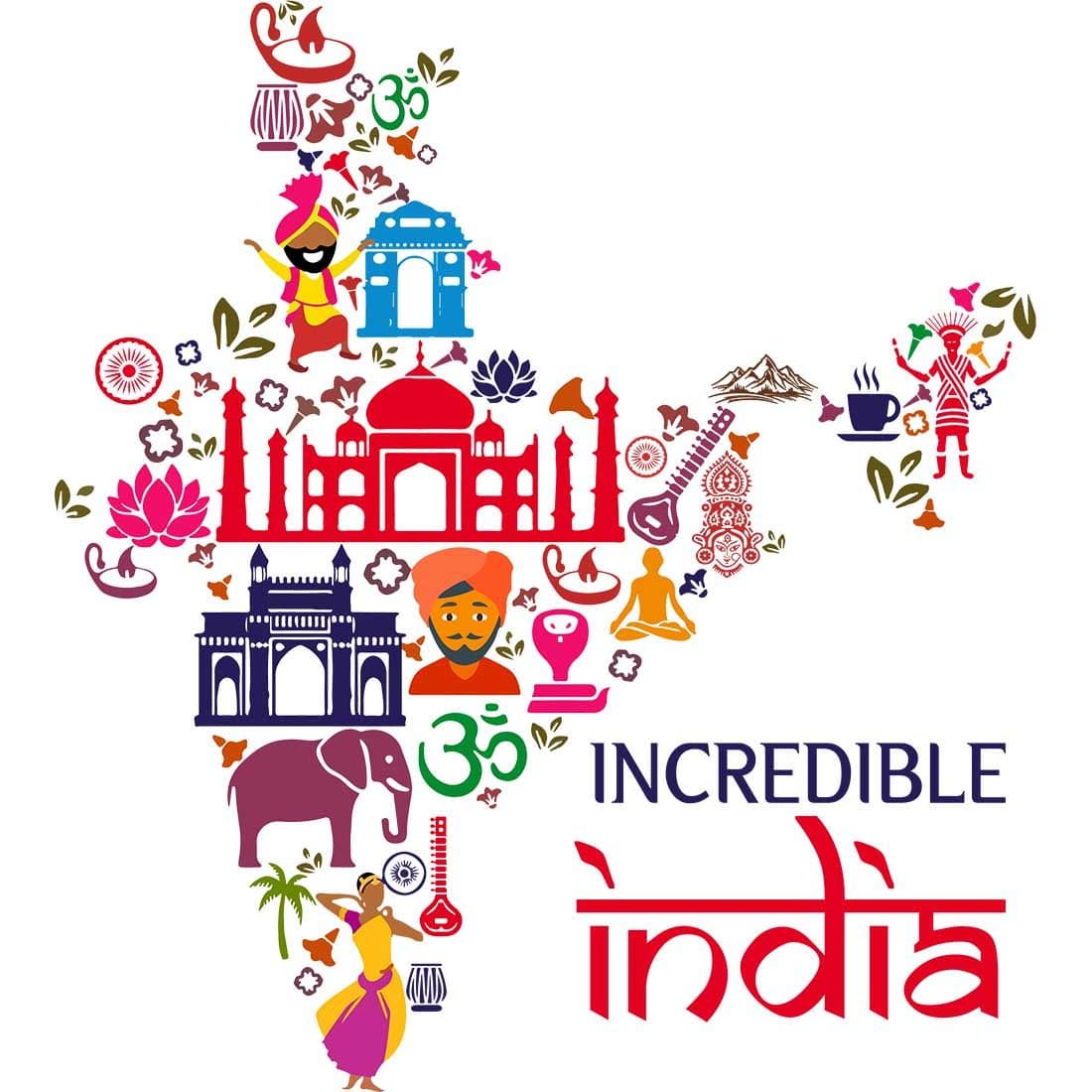India's Famous Festivals

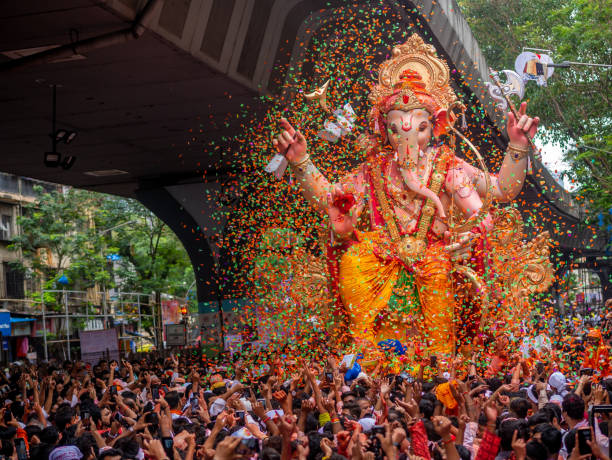
Festivals in India are a kaleidoscope of colors, traditions, and joy, reflecting the nation’s cultural diversity. From the grandeur of Diwali and Holi to the devotion of Durga Puja and Eid, and the regional charm of Pongal and Bihu, every celebration carries unique rituals and flavors. These festivals unite people, transcend boundaries, and offer a glimpse into India’s timeless heritage and spirit of togetherness.
Wiki Link: India’s Famous Festivals

Deepavali
Festival of Lights
Celebrated with grandeur across India, especially in Varanasi, Uttar Pradesh where the ghats glow with thousands of diyas.
Homes are decorated with rangoli and oil lamps, while families exchange sweets and gifts. Fireworks light up the night sky, symbolizing the victory of light over darkness and good over evil. It is also a time to worship Goddess Lakshmi for prosperity and well-being.

Holi
Festival of Colors
Most vibrantly celebrated in Mathura and Vrindavan, Uttar Pradesh, the land of Lord Krishna. People smear gulal, splash water, and dance to music, symbolizing the joy of spring and the triumph of love and harmony.
Bonfires are lit on Holika Dahan night, marking the victory of good over evil. Holi brings together people of all communities in a spirit of playfulness and unity.
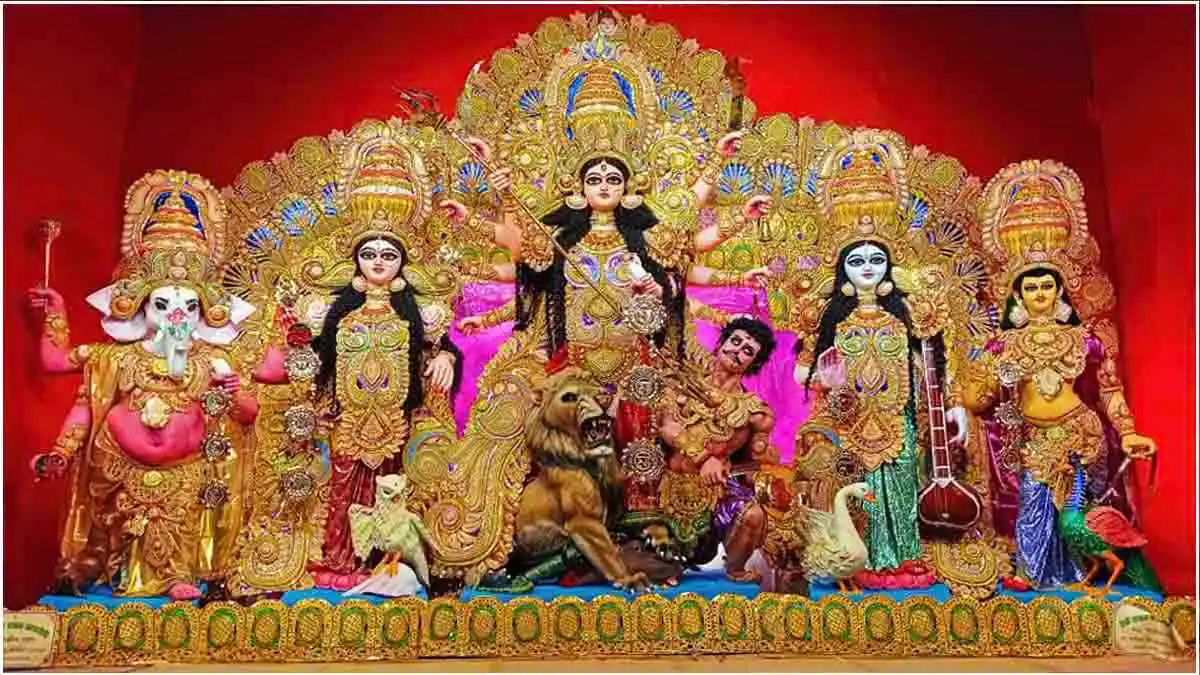
Durga Puja
Worship of Goddess Durga
The grand festival of Goddess Durga, is celebrated with unmatched devotion in Kolkata, West Bengal. Gigantic pandals showcase artistic creativity, while cultural performances and rituals fill the city with energy.
For five days, devotees worship the goddess, marking her victory over Mahishasura. The festival is as much about spiritual fervor as it is about food, art, and community gatherings.
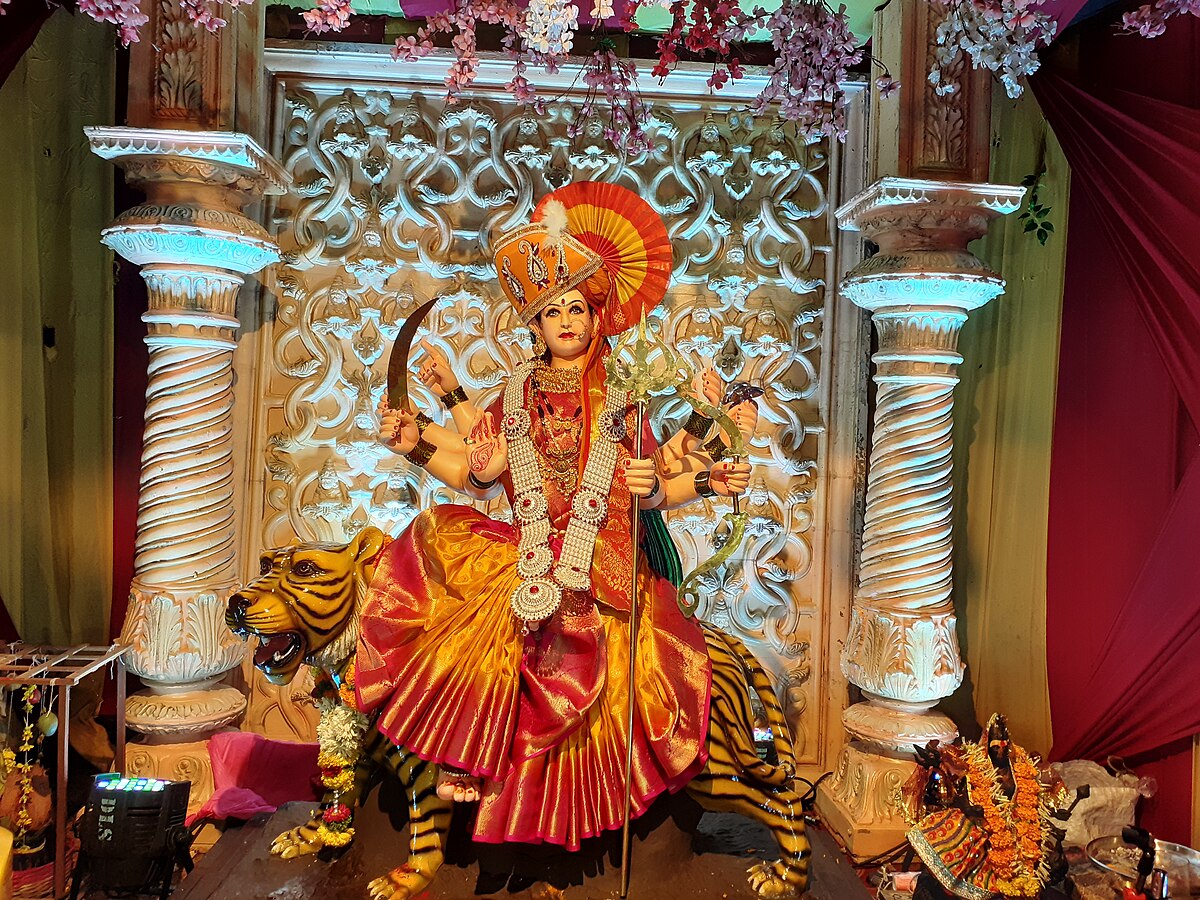
Navratri & Garba
Worship of 9 Goddess
Meaning nine nights, is celebrated with devotion and dance across India, especially in Ahmedabad, Gujarat. Devotees worship different forms of Goddess Durga while evenings are filled with Garba and Dandiya Raas dances in colorful attire.
The festival signifies the triumph of good over evil and the power of feminine energy. Streets and venues turn into vibrant hubs of music, rhythm, and devotion.

Ganesh Chaturthi
Festival of Lord Ganesha
Most famously celebrated in Mumbai, Maharashtra, where massive processions and beautifully crafted idols of Lord Ganesha dominate the scene. Devotees worship the elephant-headed deity for prosperity and wisdom during the 10-day festival. The immersion processions (Visarjan) in the Arabian Sea are marked by chants of “Ganpati Bappa Morya.” The festival blends spirituality, music, dance, and community bonding.
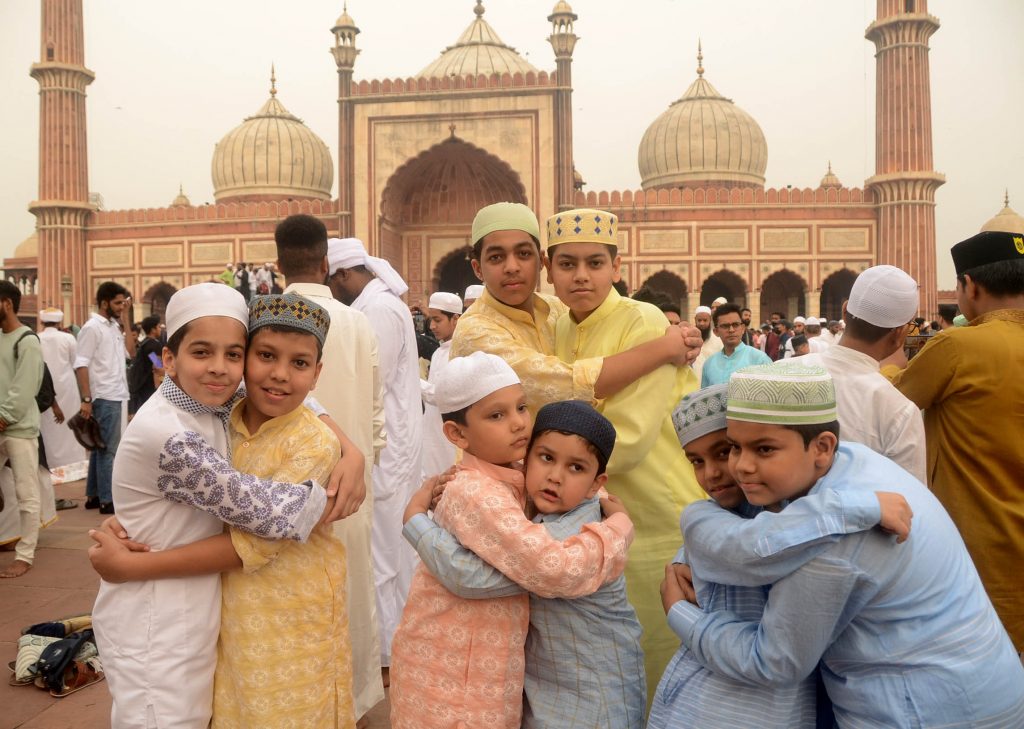
Eid-ul-Fitr
Festival of Brotherhood
Celebrated by Muslims across India, with the most vibrant prayers seen at Jama Masjid in Delhi. The festival marks the end of Ramadan, the holy month of fasting, and begins with special prayers and sermons. Families prepare elaborate feasts, with dishes like biryani and sheer khurma being highlights. Eid emphasizes compassion, charity (Zakat), and the spirit of togetherness.
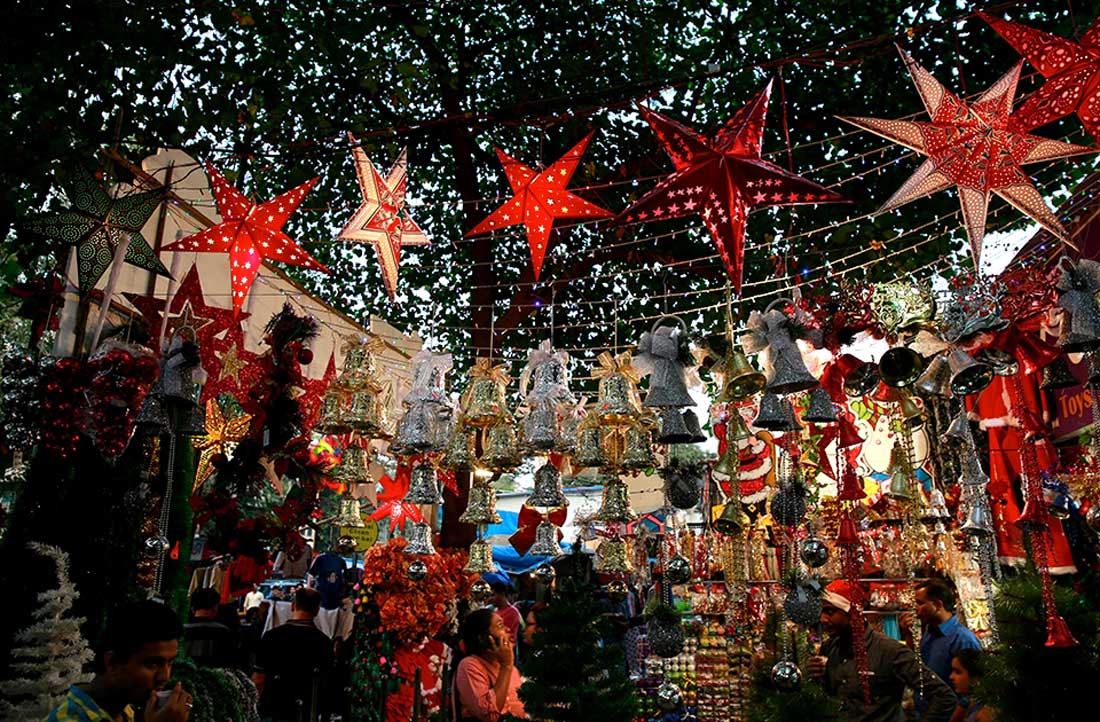
Christmas
Festival of Joy
Celebrated with great cheer in India, especially in Goa, where Portuguese heritage and vibrant Christian culture bring the festival alive. Midnight Mass at beautifully decorated churches, carol singing, and bright Christmas markets fill the air with joy.
Homes are adorned with stars and cribs, while families exchange gifts and festive delicacies. It is a celebration of faith, love, and universal joy.

Pongal
Harvest Festival of Tamil Nadu
A four-day harvest festival, is celebrated with great enthusiasm in Chennai and rural Tamil Nadu. Families cook the traditional dish “Pongal” with newly harvested rice, offered to the Sun God.
Homes are decorated with kolams, and cattle are adorned during Mattu Pongal. The festival expresses gratitude to nature, farmers, and livestock, celebrating abundance and prosperity.

Bihu
Assamese Harvest Festival
The most important festival of Assam, celebrated in Guwahati and across the state. It marks the Assamese New Year and the harvest season. People celebrate with traditional Bihu dances, folk songs, and feasts.
Fields, homes, and villages come alive with colors, music, and joy. The festival reflects the agricultural roots and rich cultural identity of Assam.

Onam
Festival of Kerala
Kerala’s biggest festival, celebrated in Kochi, Thiruvananthapuram, and across the state. It marks the homecoming of the mythical King Mahabali and is filled with elaborate feasts (Onasadya), floral designs (Pookalam), and Vallam Kali (snake boat races).
Cultural performances like Kathakali and Pulikali add to the festive charm. Onam showcases Kerala’s rich traditions, hospitality, and joy of community life.
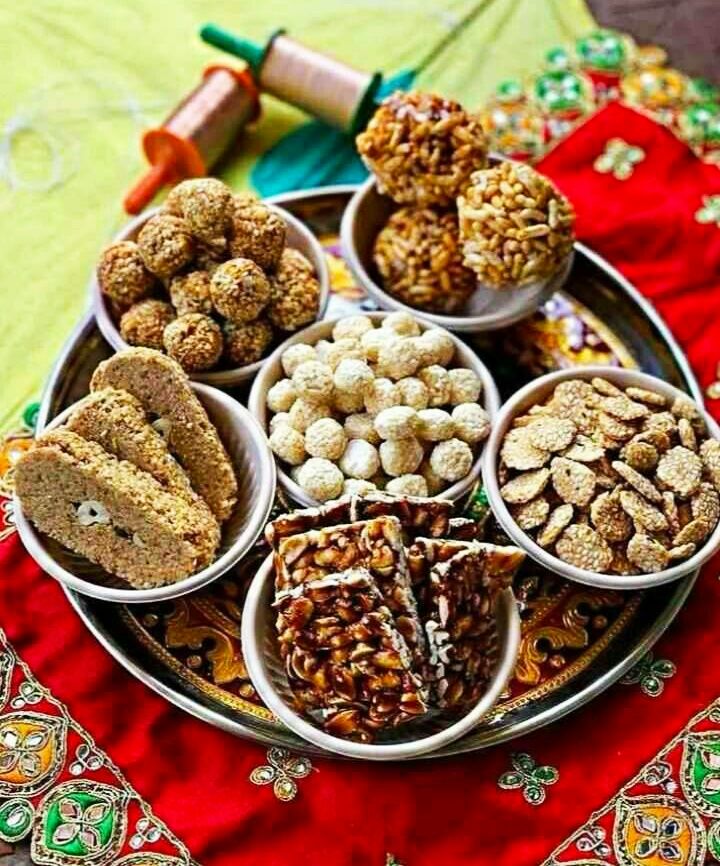
Makar Sankranti
Festival of Kites
Brings joy across India, but Ahmedabad, Gujarat hosts the grandest celebrations with its International Kite Festival. Colorful kites fill the sky, making it a sight to remember. Moreover, the festival marks the harvest season and the Sun’s transition into Capricorn.
Families prepare sweets made from sesame and jaggery, which symbolize warmth and unity. In addition, communities gather on rooftops to celebrate together with music and laughter.

Janmashtami
Birth of Lord Krishna
The birth of Lord Krishna, is celebrated with devotion in Mathura and Vrindavan, Uttar Pradesh, and with great excitement in Mumbai, Maharashtra. Temples shine with lights and decorations, while devotees sing bhajans and fast until midnight.
Furthermore, Mumbai hosts thrilling Dahi Handi competitions, where groups form human pyramids to break pots filled with curd. This event adds energy and joy to the festival. Above all, Janmashtami reflects faith, unity, and the playful spirit of Krishna.

Maha Shivaratri
Night of Lord Shiva
Fills Varanasi, Uttar Pradesh with chants of “Om Namah Shivaya” as devotees worship Lord Shiva. People observe fasts, stay awake all night, and offer milk, honey, and bael leaves at temples. Moreover, the streets around Kashi Vishwanath Temple stay alive with hymns and prayers.
In addition, cultural programs and spiritual gatherings attract thousands of visitors. The festival reminds everyone of the power of devotion and the balance between Shiva and Shakti.

Raksha Bandhan
Bond of Protection
Widely celebrated in Delhi, Punjab, and Uttar Pradesh, honors the bond between brothers and sisters. Sisters tie a Rakhi on their brothers’ wrists, praying for their safety and happiness. In return, brothers promise to protect their sisters and often give gifts.
Moreover, families gather for festive meals and joyful moments. This celebration not only strengthens sibling ties but also highlights love, respect, and responsibility within families.

Karva Chauth
Festival of Married Women
Holds special importance in Punjab, Haryana, Uttar Pradesh, and Delhi, where married women fast from sunrise to moonrise. They pray for their husbands’ long life and prosperity. Moreover, women dress in traditional attire, apply mehendi, and gather for group prayers. In the evening, they break their fast after sighting the moon. This festival, therefore, symbolizes love, dedication, and the strength of marital bonds.

